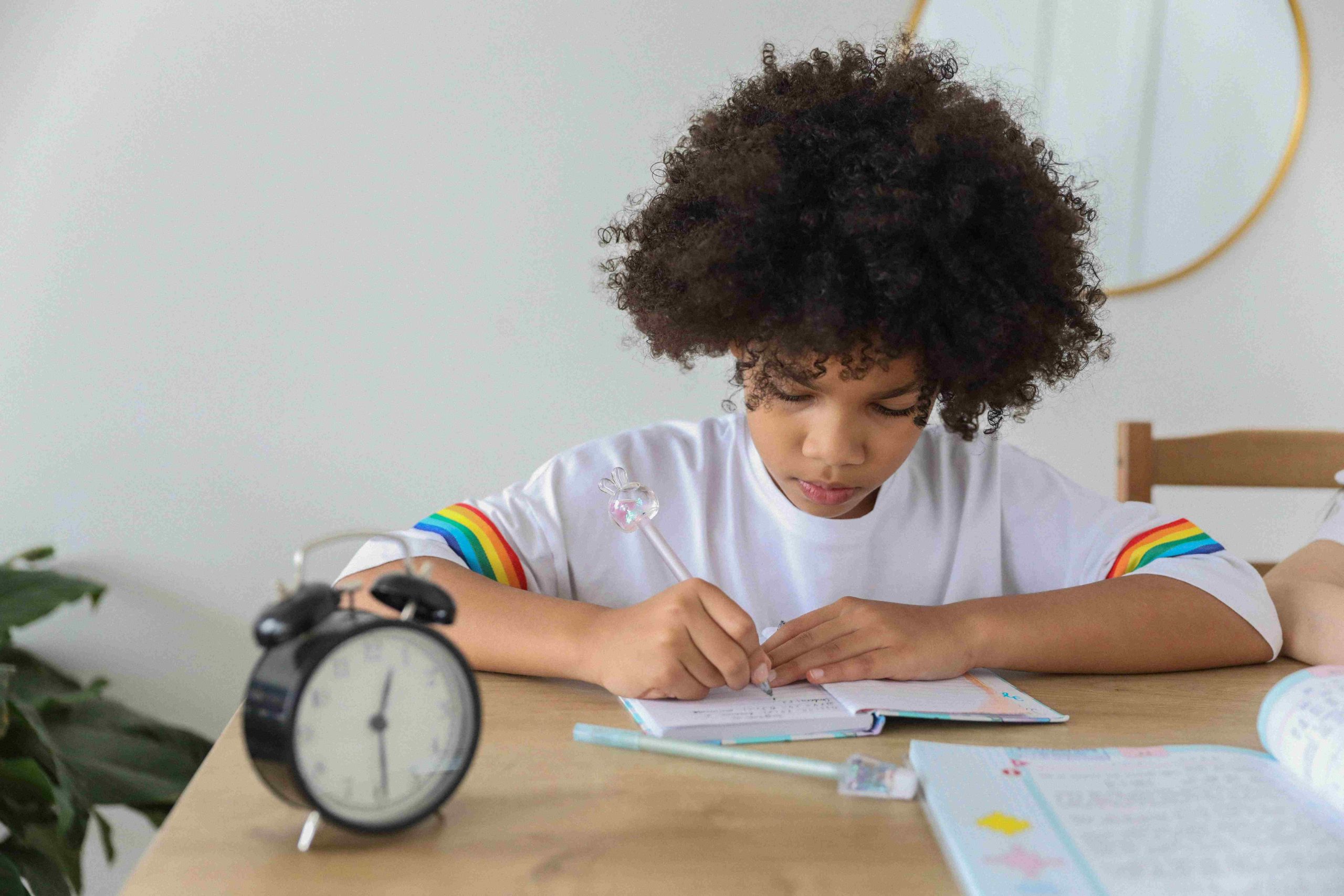
Preschool Learning Plans – How Long is Preschool? 3 to 4 Hours
The early years of a preschooler’s education are vital because they lay the groundwork for future learning. The length of a preschool program is a crucial element that affects a preschooler’s progress. We’ll explore the advantages of a 3–4 hour preschool program, the ideal length for preschool, and several lesson plans that can be integrated into a preschool program.
Structured Learning Environment
Firstly, a structured environment helps preschoolers develop routines and understand the importance of time management. A 3-4 hour preschool program enables preschoolers to transition smoothly into a longer school day as they grow older.
Optimal Length for Preschool
While the benefits of a 3-4 hour preschool program are evident, the optimal length for preschool varies depending on the preschooler’s age and developmental needs. It is essential to consider each preschooler’s individual needs when determining the optimal program length.
Learning Plans for Preschoolers
These plans play a crucial role in promoting preschoolers’ cognitive, social, and emotional development. Below are some learning plans that can be incorporated into a preschool program.
Language and Literacy Learning Plan
Preschoolers should start learning language and literacy early on. A language and literacy learning plan integrated into the preschool program can help preschoolers develop their vocabulary, phonics, and reading skills. This plan may include reading books, listening to stories, singing songs, and playing games that promote language and literacy skills.
Numeracy Learning Plan
Numeracy skills form the foundation of mathematical concepts and are essential for preschoolers. A numeracy learning plan integrated into the preschool program can help preschoolers develop counting, sorting, and matching skills. This plan may include playing games that involve counting, sorting, and matching objects.
Creative Learning Plan
Preschoolers have a natural inclination towards creativity, and fostering this creativity is crucial. A creative learning plan can include activities such as painting, drawing, sculpting, and crafting. These activities allow preschoolers to express themselves creatively and develop their fine motor skills.
Social and Emotional Learning Plan
Social and emotional development is crucial for preschoolers as it helps them build relationships and develop self-esteem. A social and emotional learning plan integrated into the preschool program can help preschoolers develop emotional regulation, empathy, and social skills. This plan may include activities such as role-playing, sharing, taking turns, and problem-solving.
Preschool teachers should understand preschooler development well and create age-appropriate learning plans that are engaging and promote learning.
In addition, the preschool environment should be safe, welcoming, and conducive to learning. Preschoolers must have access to appropriate learning materials, such as books, toys, and educational games. The preschool should also provide opportunities for outdoor play and physical activity.
When planning a preschool program, parental involvement is a significant factor. Parents can provide valuable support by reinforcing learning at home and engaging in activities that promote their preschooler’s development.
Allowing preschoolers to attend at least 3-4 hours in preschool is an effective way to promote their cognitive, social, and emotional development. By incorporating age-appropriate learning plans, providing a safe and welcoming environment, and involving parents, preschoolers can receive a quality education that prepares them for future success.
It’s important to note that preschool benefits extend beyond academic preparation. A high-quality preschool program also helps preschoolers with social and emotional development. Preschoolers connect with peers their age and develop crucial social skills like sharing, taking turns, and cooperating.
Preschool also provides a safe and supportive atmosphere for preschoolers to explore and learn through play. Preschoolers can develop a love of learning and confidence in their talents through play-based learning.
Younger preschoolers may benefit from a 3-4 hour session, while older preschoolers may benefit from a lengthier program.
Preschool programs vary in their approach and curriculum. Some focus more on academic preparation, while others prioritize social and emotional development. Parents should consider their preschooler’s individual needs and preferences when selecting a preschool program.
In addition to academic and social-emotional development, preschool can have long-term benefits. Preschoolers who attend high-quality programs are more likely to have a brighter future.
When creating a preschool learning plan, consider the preschooler’s individual needs and abilities. The learning environment should be safe, welcoming, and conducive to learning. Preschoolers should have access to age-appropriate materials and resources.
The learning plan should promote a range of skills, including cognitive growth, social and emotional development, and problem-solving. Teachers should be well-trained and create a supportive learning environment.
Parents can support their preschooler’s learning by reinforcing learning at home and communicating regularly with teachers. They can also encourage curiosity and creativity through activities like reading together and engaging in play.
Technology can be a valuable tool if used responsibly. It can support early learning in areas like language development and math skills.
Preschool learning plans should be flexible and adaptable to meet changing needs. Teachers can use a variety of instructional approaches and provide ongoing assessment and feedback.
By considering these factors, preschool learning plans can effectively promote preschoolers’ development and prepare them for future academic success.


